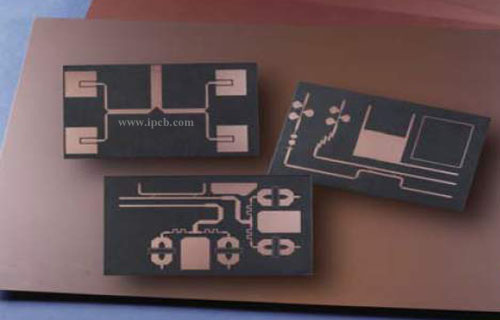With the improvement of the operation speed of microprocessor and signal conversion and transmission devices, the operation speed of digital circuit has reached a higher level: 100gbps. Using general PCB materials will not meet the requirements of high-speed signal, and the selection of PCB materials will determine the performance of products.
PCB materials must be selected to meet the design requirements, mass production, cost balance point. In short, the design requirements include electrical and structural reliability. This problem is usually important when designing very high-speed PCB boards (frequencies greater than GHz). For example, the current commonly used FR-4 material has a large dielectric loss DF (dielectric loss) at several GHz frequencies, which may not be applicable.

How to choose high frequency and high speed PCB material
In the actual engineering operation, the selection of High-frequency PCB seems simple, but there are many factors to be considered. Through the introduction of this paper, as a PCB design engineer or high-speed project leader, I have a certain understanding of the characteristics and selection of the board. Understand the electrical properties, thermal properties, reliability, etc. And reasonable use of stacking, design a piece of high reliability, good processability of the product, the consideration of various factors to achieve the optimization.
The main factors to be considered in selecting appropriate PCB materials are as follows:
1. Manufacturability: for example, how many times of lamination performance, temperature performance, CAF / heat resistance, mechanical toughness (good reliability), fire rating;
2. Various properties (electrical, performance stability, etc.) matched with the product: low loss, stable Dk / DF parameters, low dispersion, small coefficient of variation with frequency and environment, small tolerance of material thickness and glue content (good impedance control). If the wiring is long, consider low roughness copper foil. In addition, simulation is needed in the early stage of high-speed circuit design, and the simulation result is the reference standard for design.